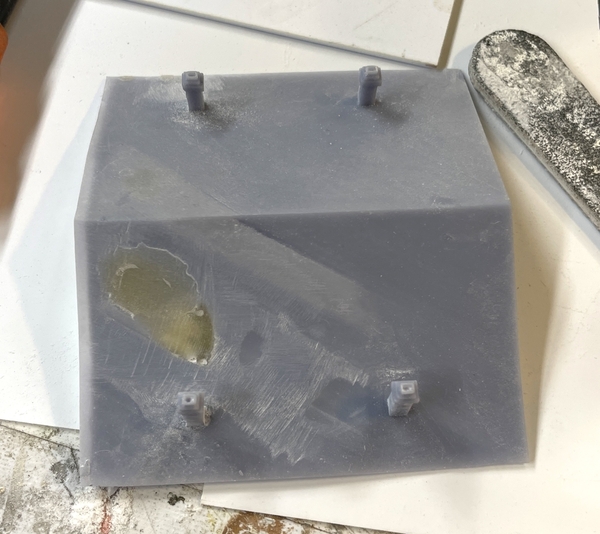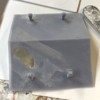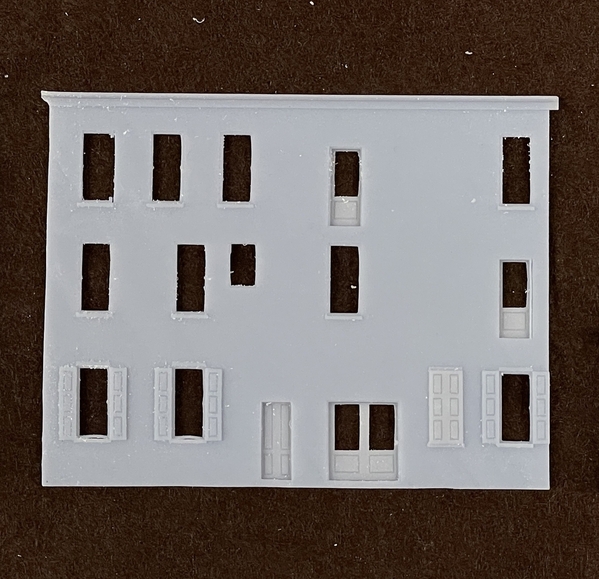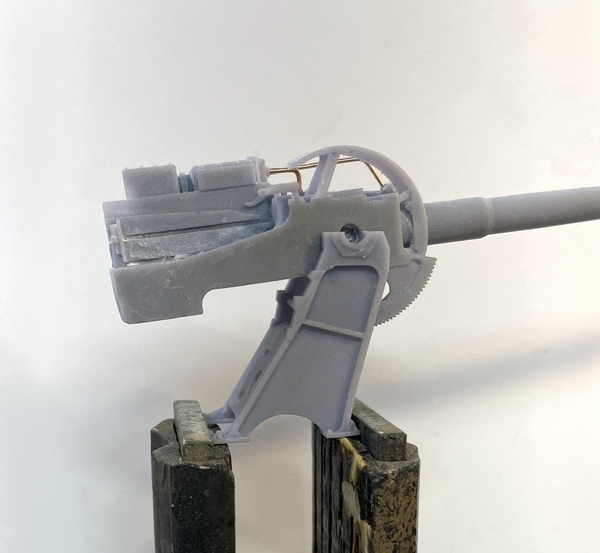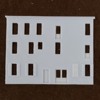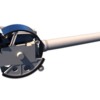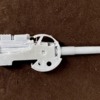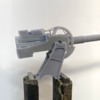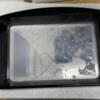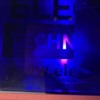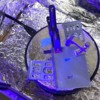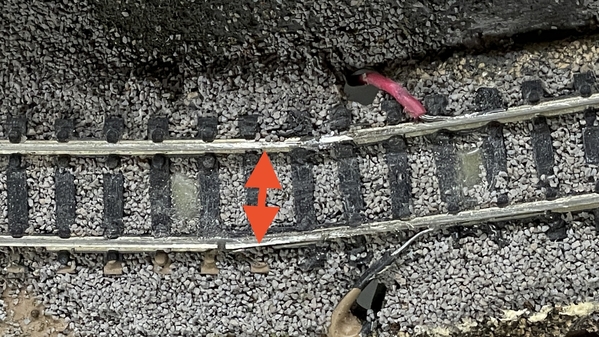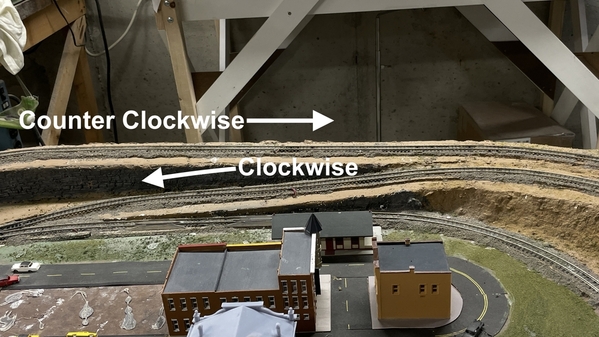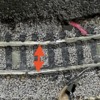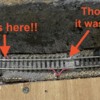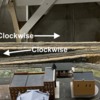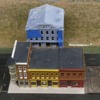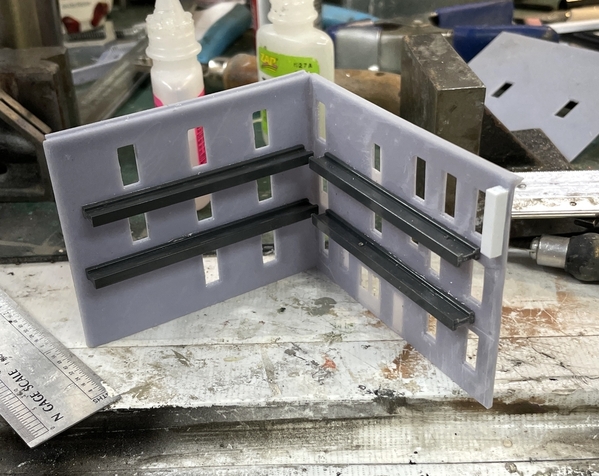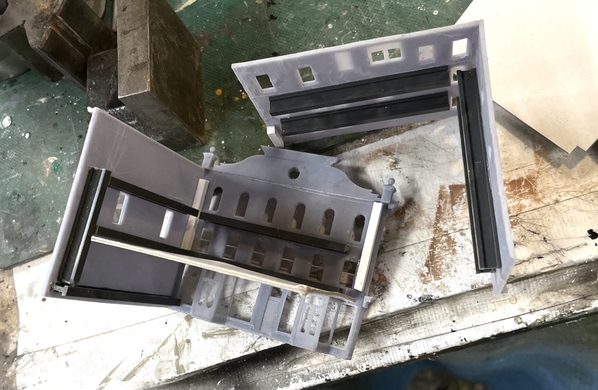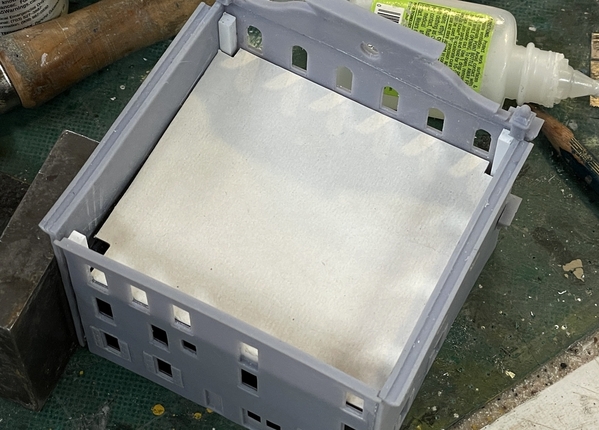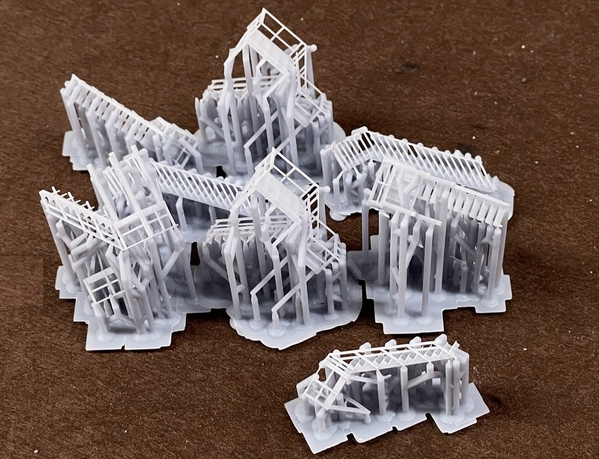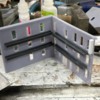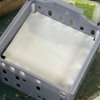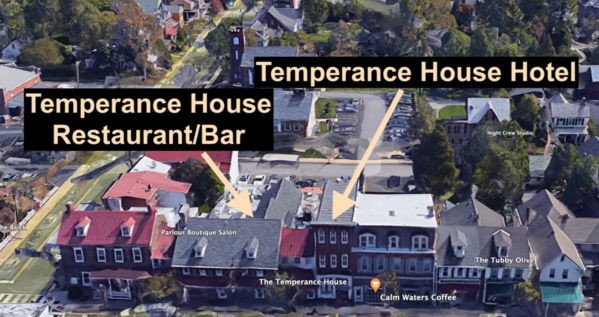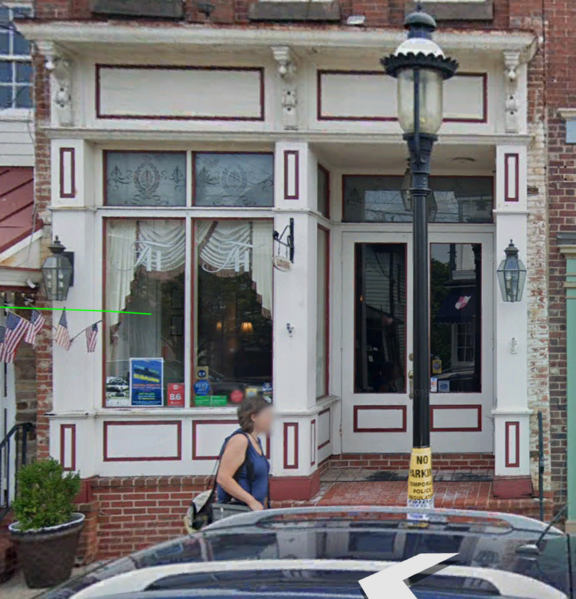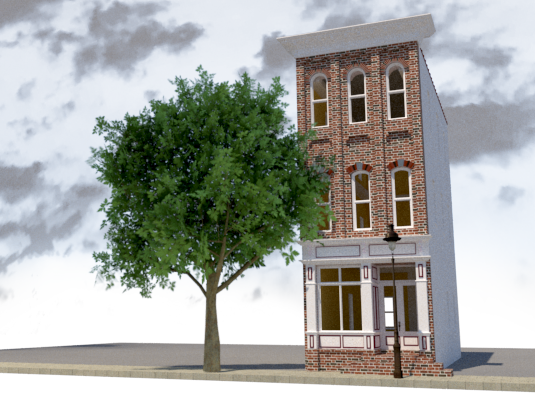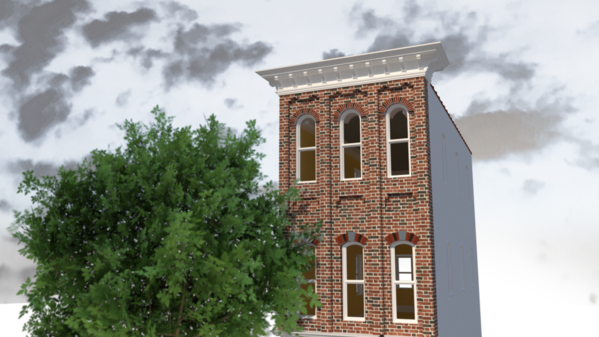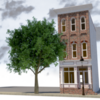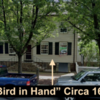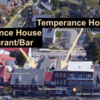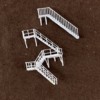I have had the most printing difficulty that I've had in years printing the last wall of the Hardware House. This is the left side wall which is basically flat with two windows. It's the simplist print of the structure. The first two attempts had failed supports. The third was a complete failure. All that was on the build plate was the base. The rest was a layer of resin spread out all over the FEP. I was able to remove all this gunk, but I'm a little dubious about the health of the FEP. I just changed it last week and it's only run two print sessions.
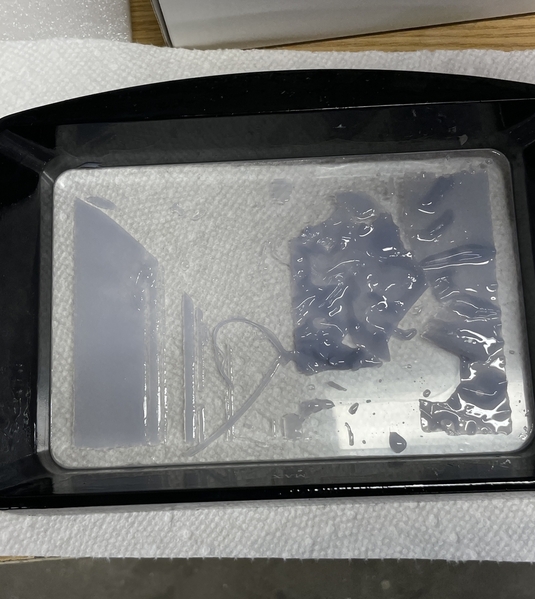
The lumps cause a bigger problem. The Z-axis comes down to specific heights under some force driven by a stepper motor and lead screw. The force can damage the machine. I have a tempered glass "protective" cover over the LCD screen. When I examined this cover I saw a fine pattern of cracks permeating the entire LCD. I thought it was the glass plate sacrificing itself for sake of the LCD. However, I was able to remove the glass plate perfectly intact and it was the LCD SCREEN THAT WAS CRACKED!
I immediately did a light test with the facility installed in the printer and this was what I saw. Half an image, and you can see the cracking. The LCD is toast. I ordered a new one from Amazon for $47.00. It's not too difficult to install, although there is a bit of fussing with some adhesive strips that hold a lower glass protector and the LCD into the upper frame. There's one ribbon cable that connects to the motherboard, so you must remove the 6 screws on the back panel. So in the last couple of months I've installed a new motherboard, touchpanel and now the LCD screen. All that's left is the fan and the stepper motor.
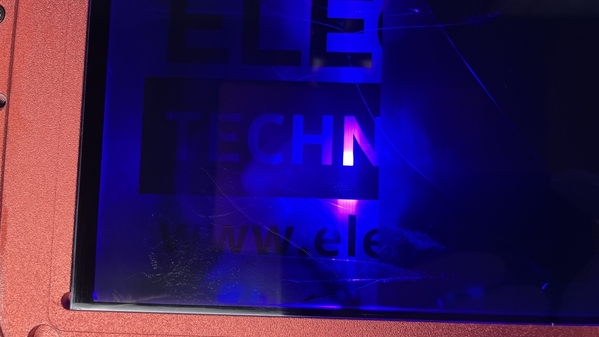
Screen is coming on Friday and I'll have it running next week. This is the first time I've ever broken the LCD screen. I had one fail on my older Mars, but it was a few spots that went dead, not a complete break up like this.
Elegoo has come out with a DLP machine. When the resin machines first came on the market about 8 years ago (guesstimate) it was a $30,000 affair that used a DLP projector and some kind of oxygen exchange system that hardened the resin.
For those that heard of DLP, but aren't sure what it is, first of all, it's Texas Instruments product that's found itself in many of the (now obsolete) projection TVs, and video projection systems. It's a microchip that has thousands of tiny prisms on it that reflect light when individually controlled. When they're facing one way, they reflect the projection light source and when facing the other they project no light. Therefore it does the same job as the LCD, by selectively passing or blocking the pixels to create the layers in the 3D printer. It's more expensive, but because it's physically separated from the z-axis which can do damage when pushing on the LCD, it has a much greater life span. After this experience, my next printer may be the DLP version.
In the color TV applications there is an additional complication. There's a spinning wheel that has color filters in it, Red, Green and Blue. The wheel spin is synchronized with the DLP chip, so when the chip is showing pixels that should be blue, the blue segment is in the optical path, and so on. It's why that this system has been replaced in television use… too much to break.
Sony had another method… a digital light engine that had no moving parts. Instead, the light from a very bright xenon bulb enters the light box and hits a dichroic mirror. This mirror refracted the xenon beam reflecting the blue information to the left, and passing the yellow through. The yellow goes through another mirror filter where the green light is separated and passed to the left transmitting the red component. The red is reflected off some standard mirrors around two more corners. This creates three beams that enter a very unique component. It's a square with three LCDs on three of the four faces. The left one controls the blue components of the picture, the center one controls the green, and the one around the other side controls the red. These three colored xenon illuminated streams containing picture information are blended in a very unique prism. The result is a full-color picture projected onto the screen surface (from the back) through another clever mirror lens system.
The Sony system was excellent, but had one fatal flaw. The xenon bulb was so hot that it eventually destroyed the blue LCD. The blue was the first one in the optical chain and therefore absorbed most of the heat. This problem was eventually solved in all these systems by using LEDs as the light source and dumping the xenon systems. While high powered LEDs do have some heating, it's way less than any plasma/incandescent source.
And that's my lesson for today.



























 \
\











